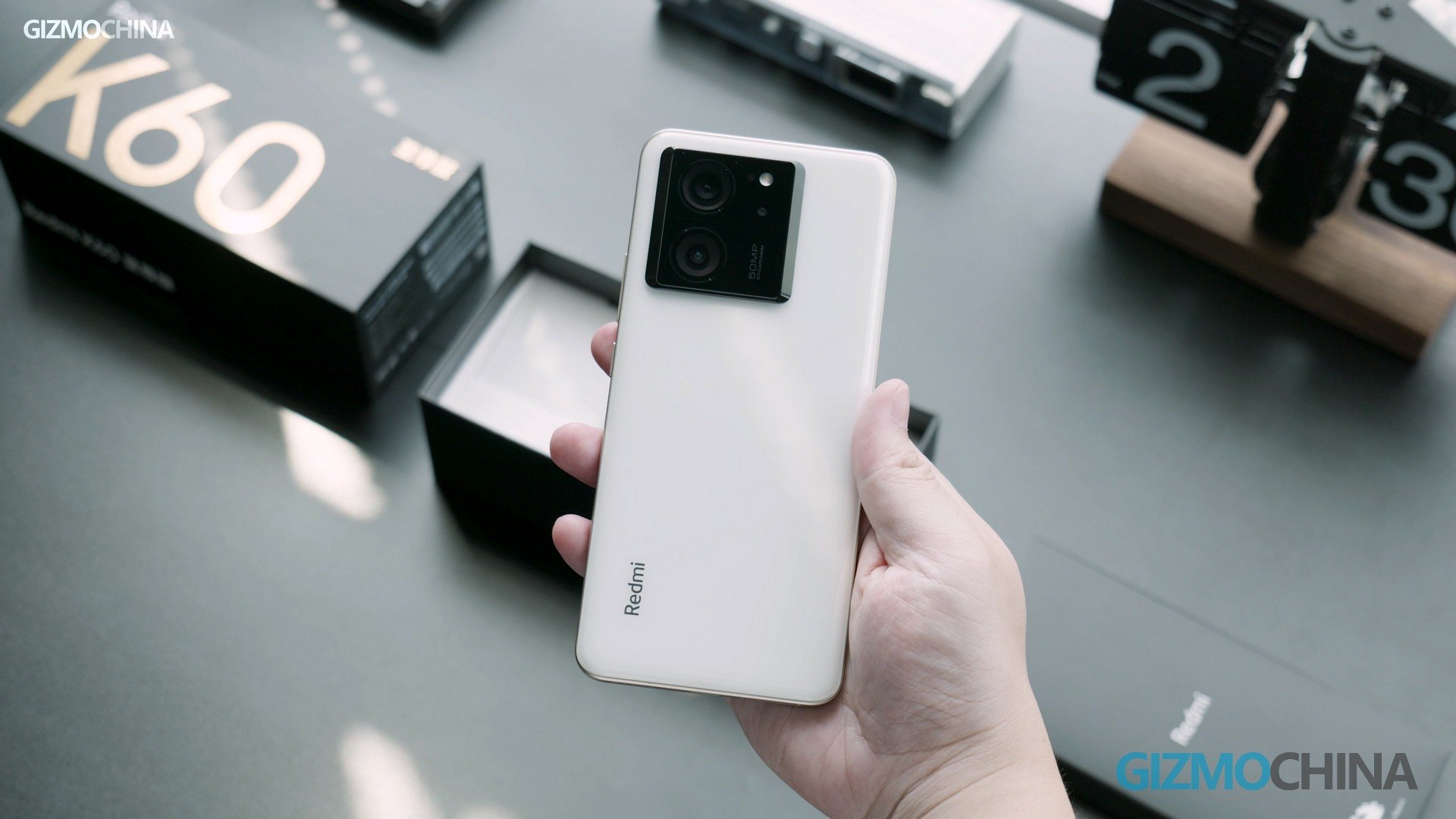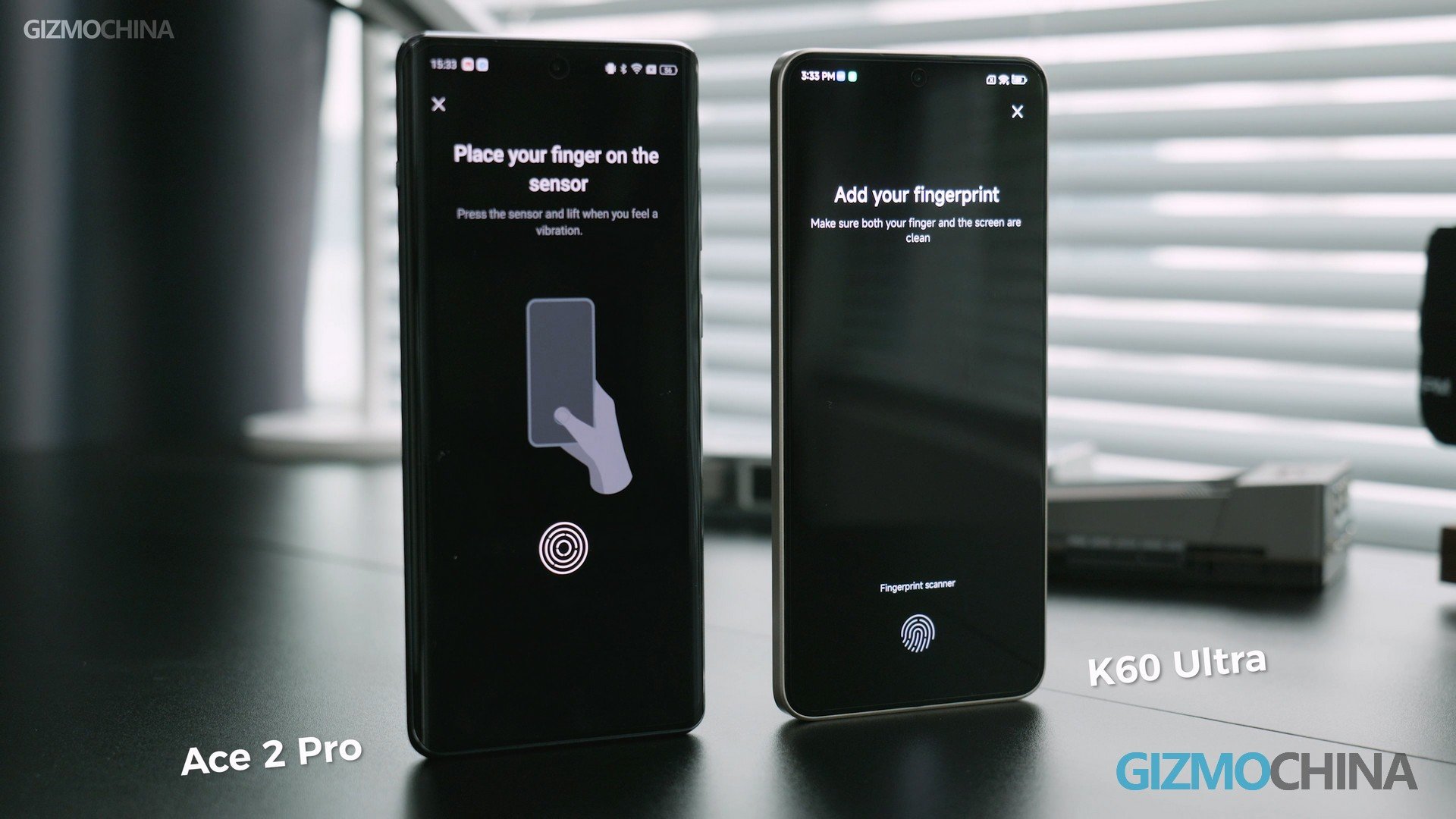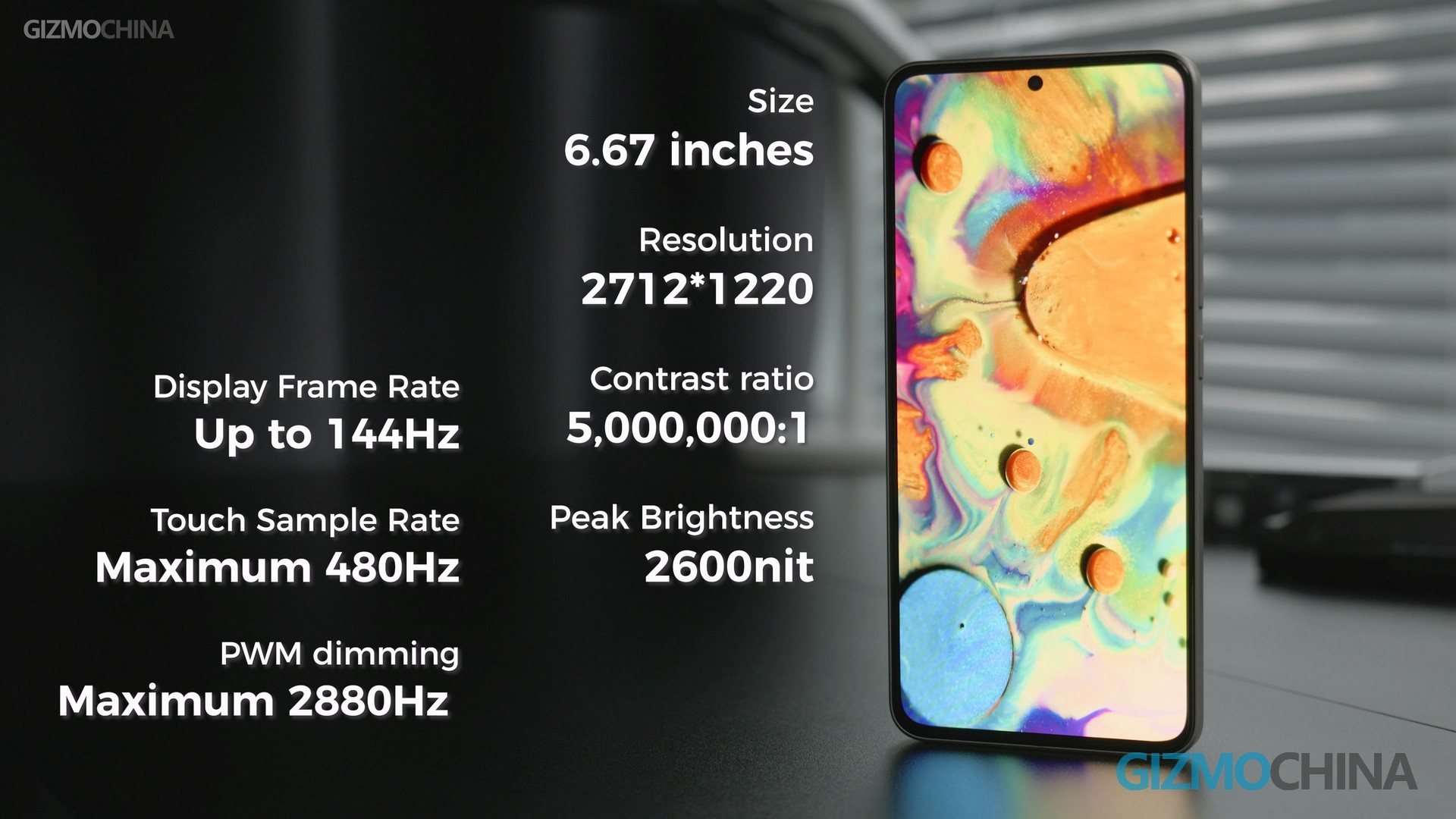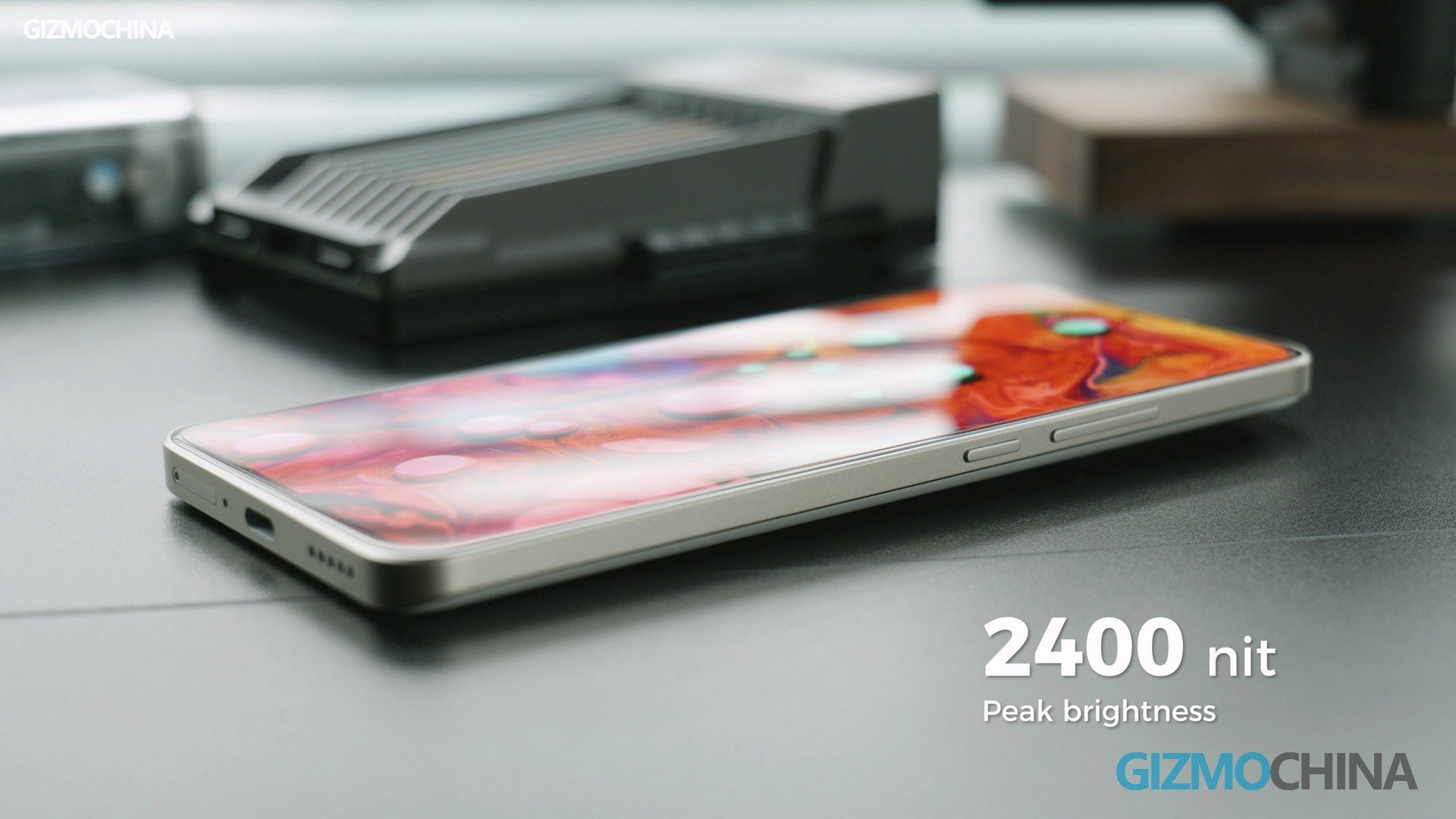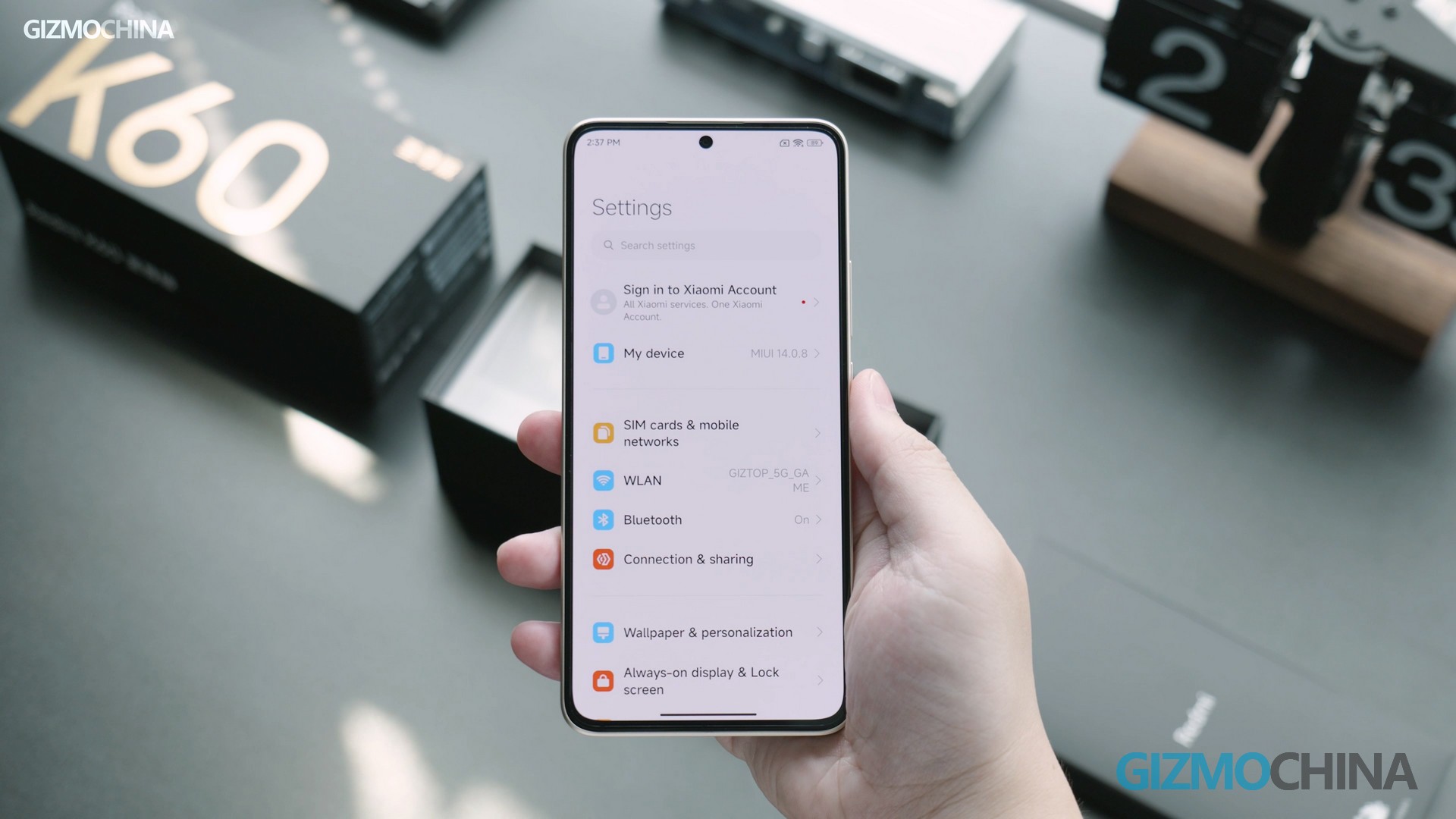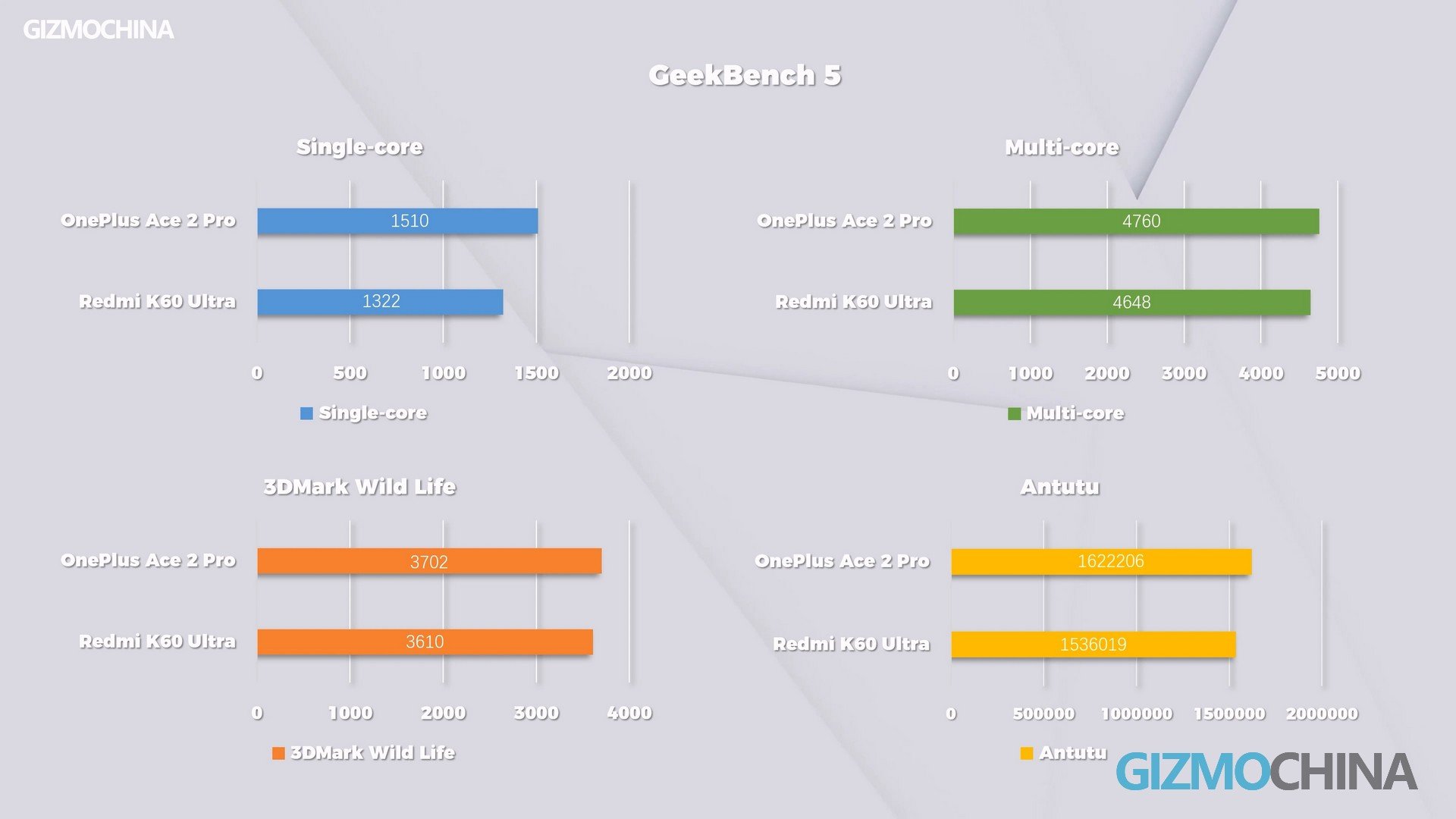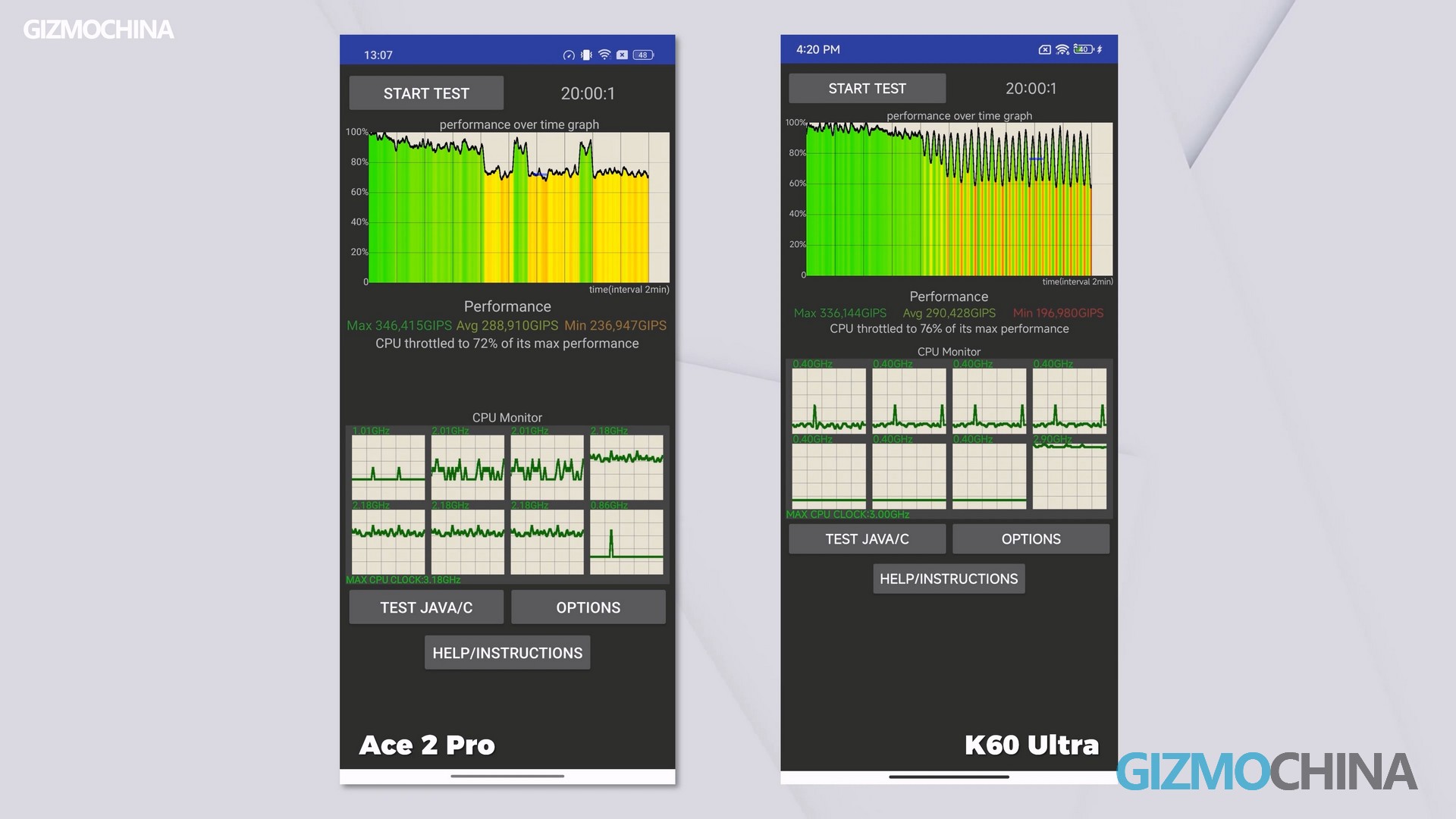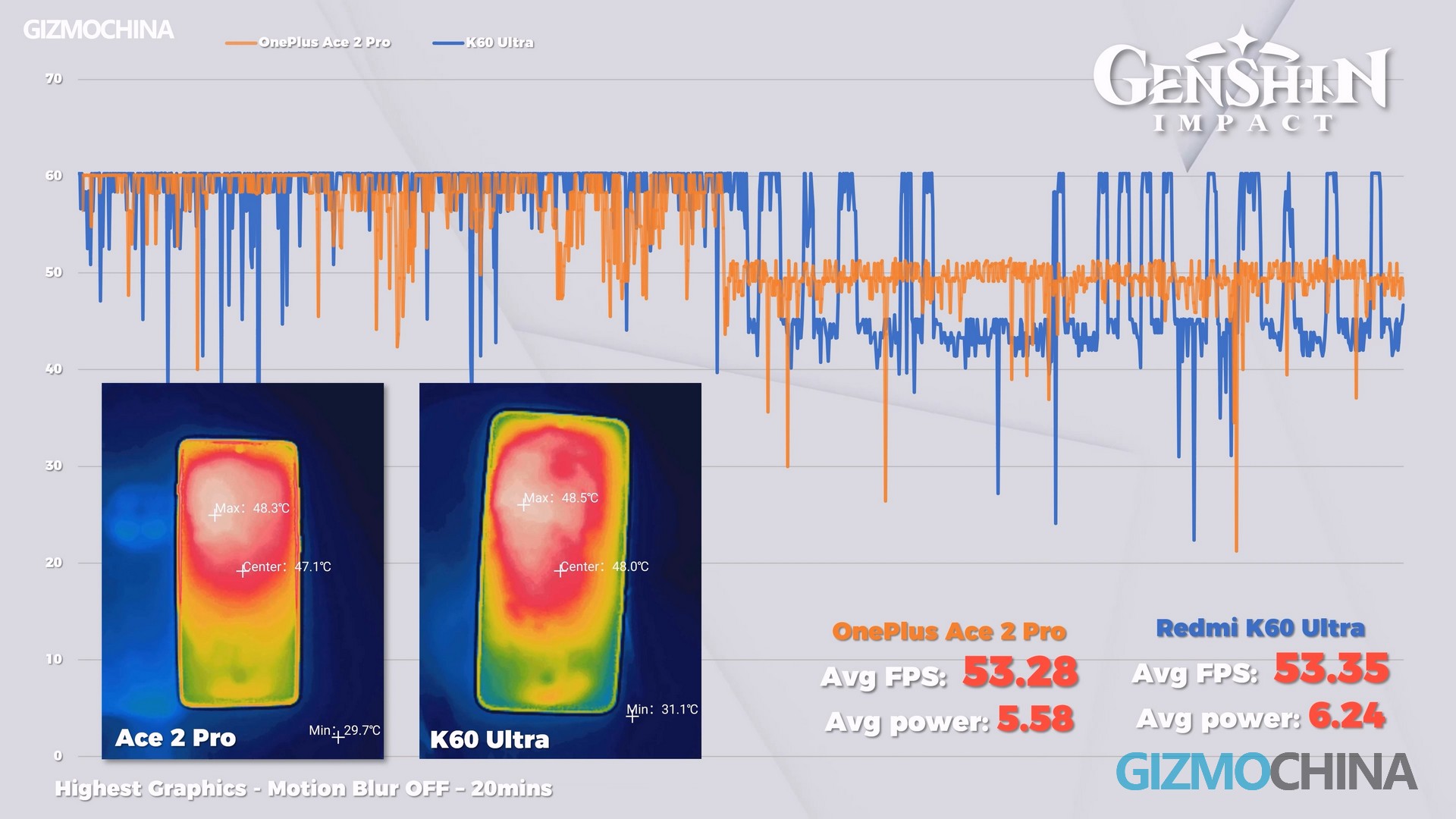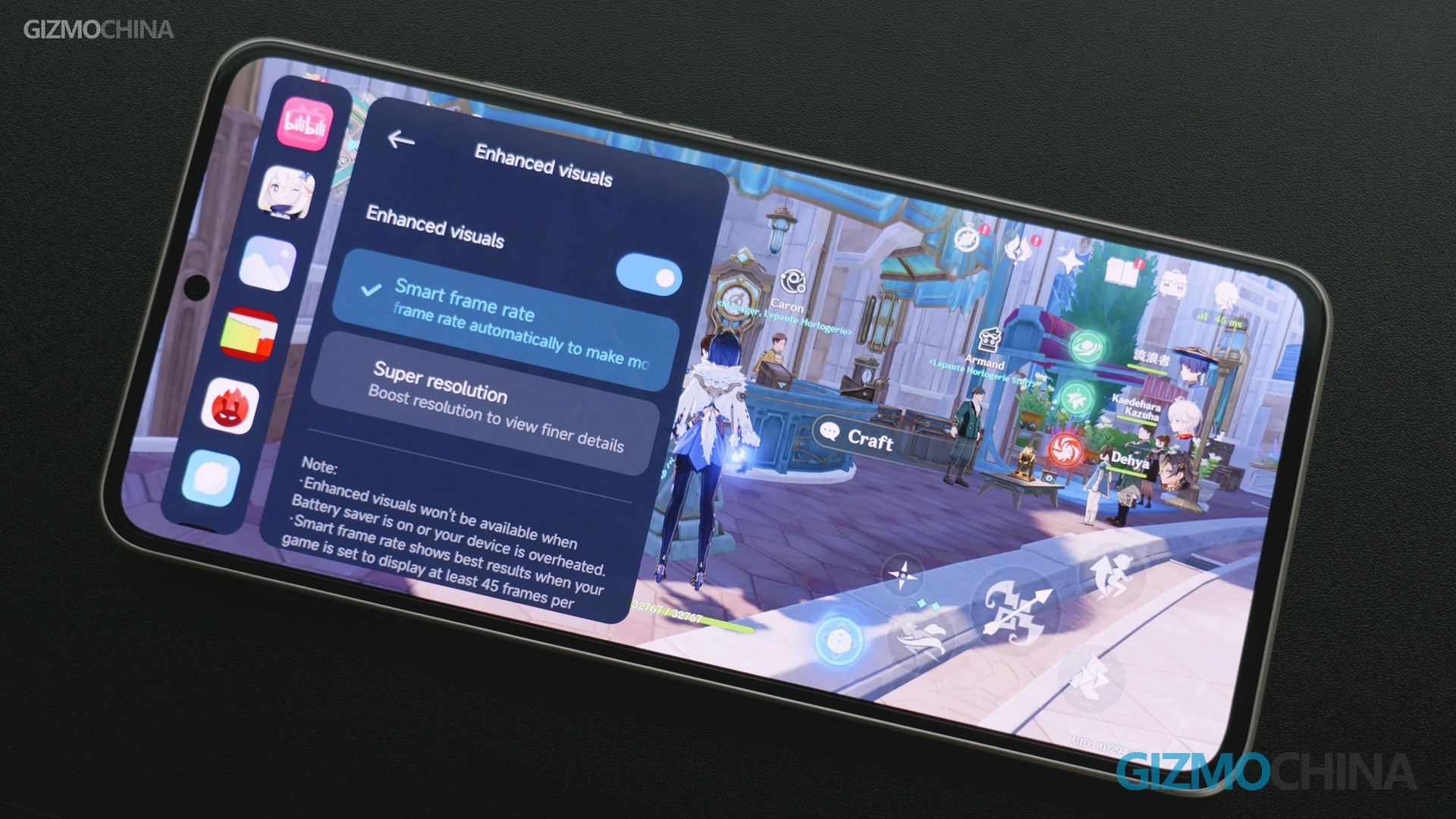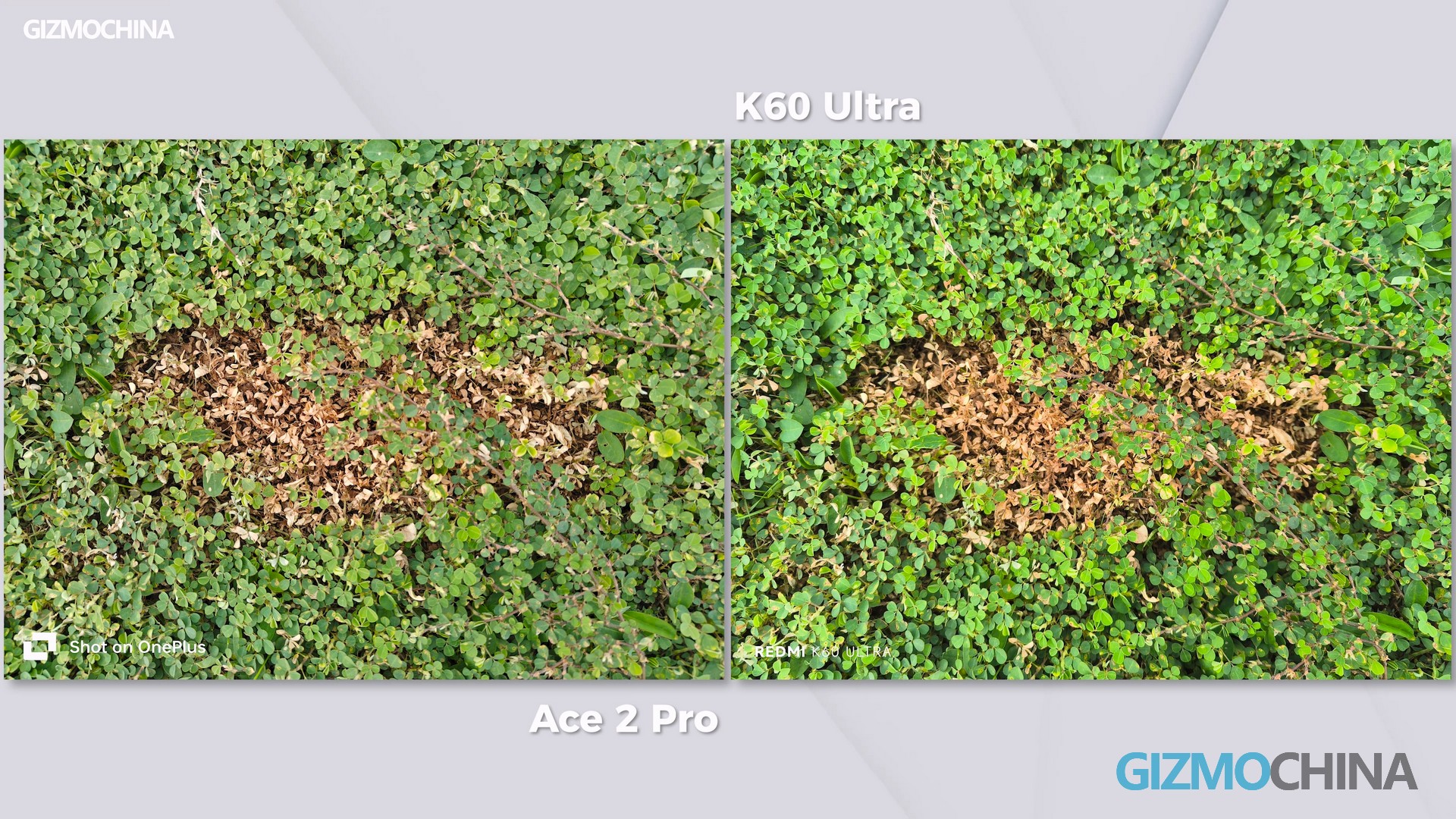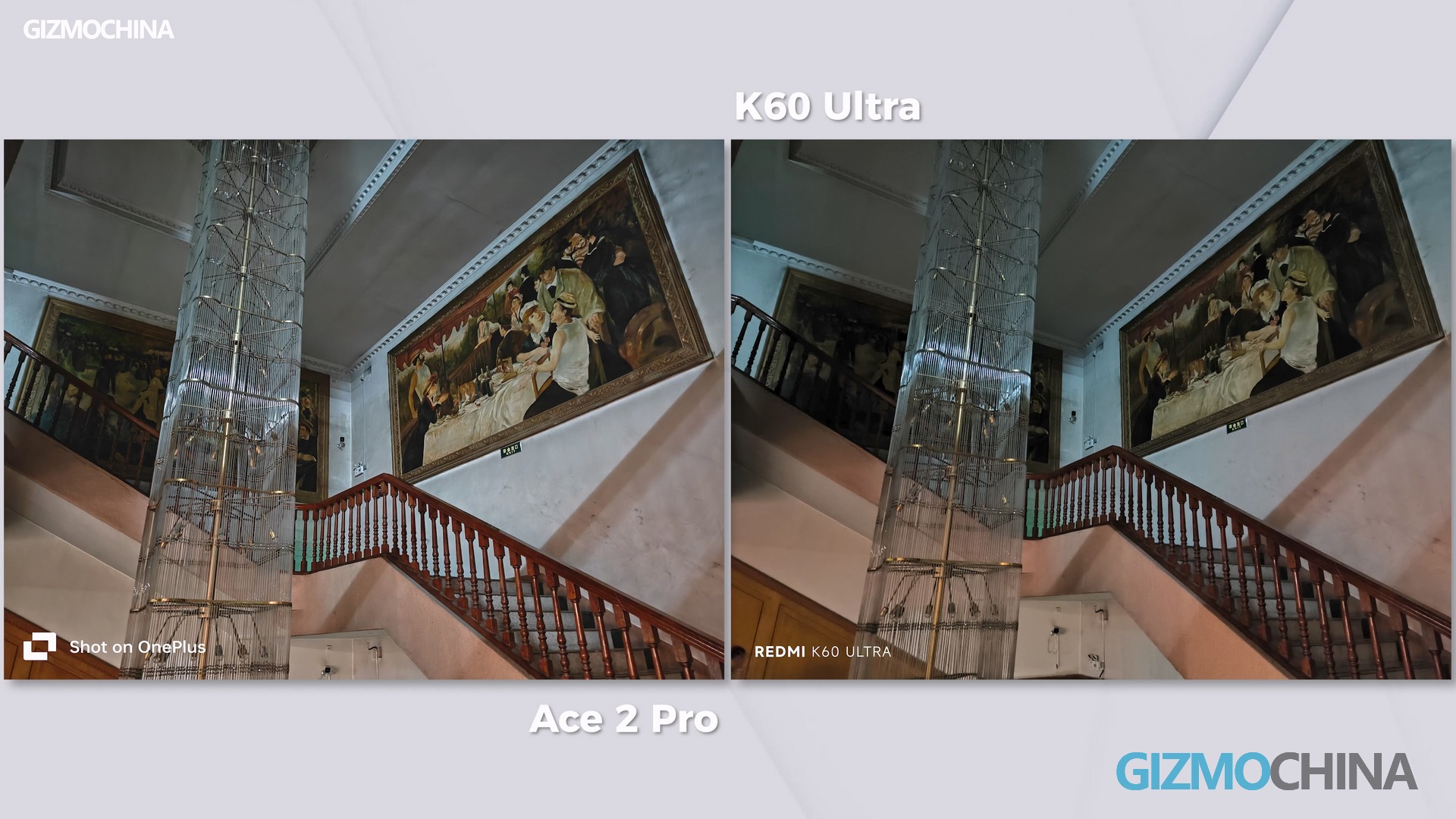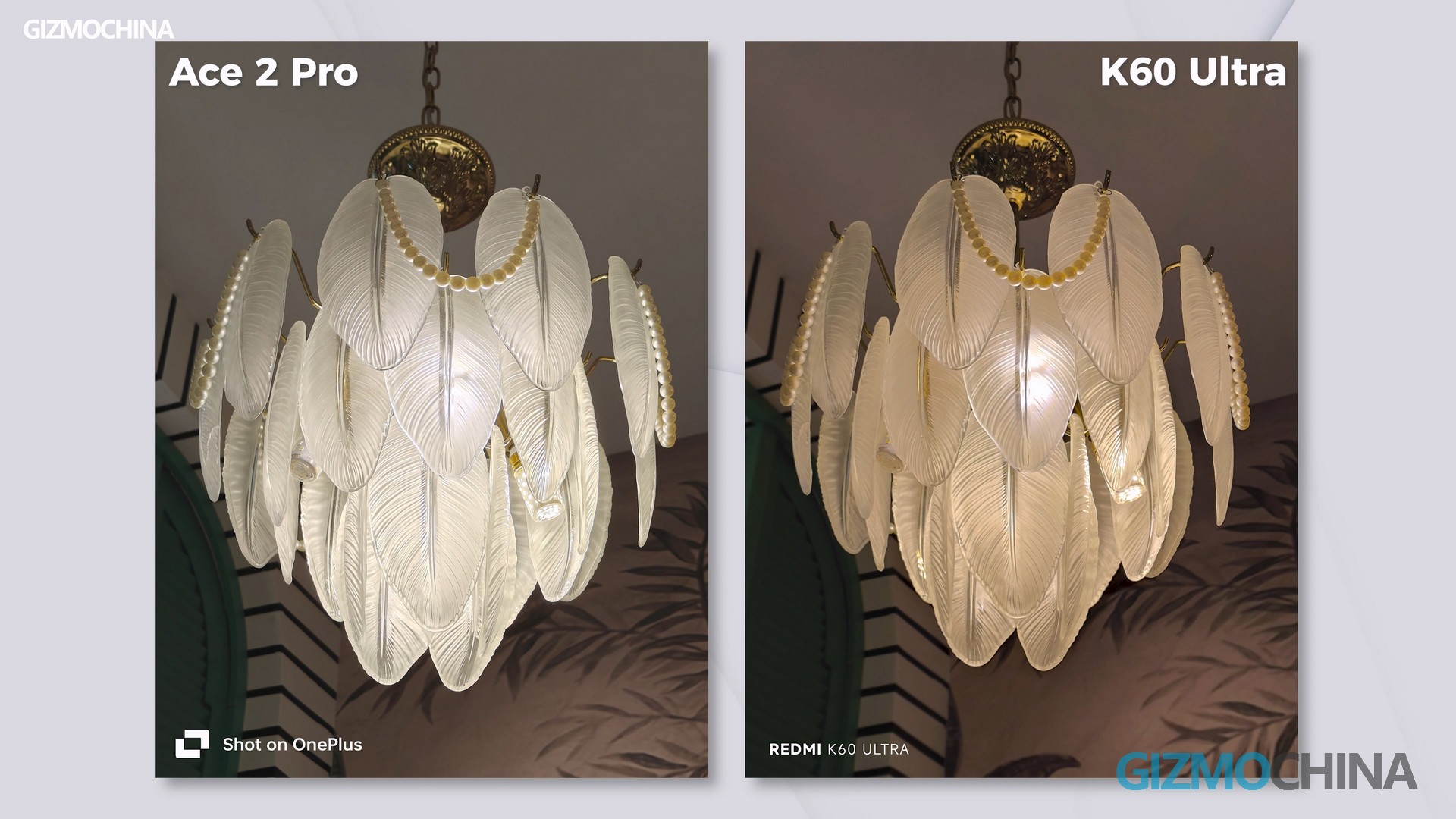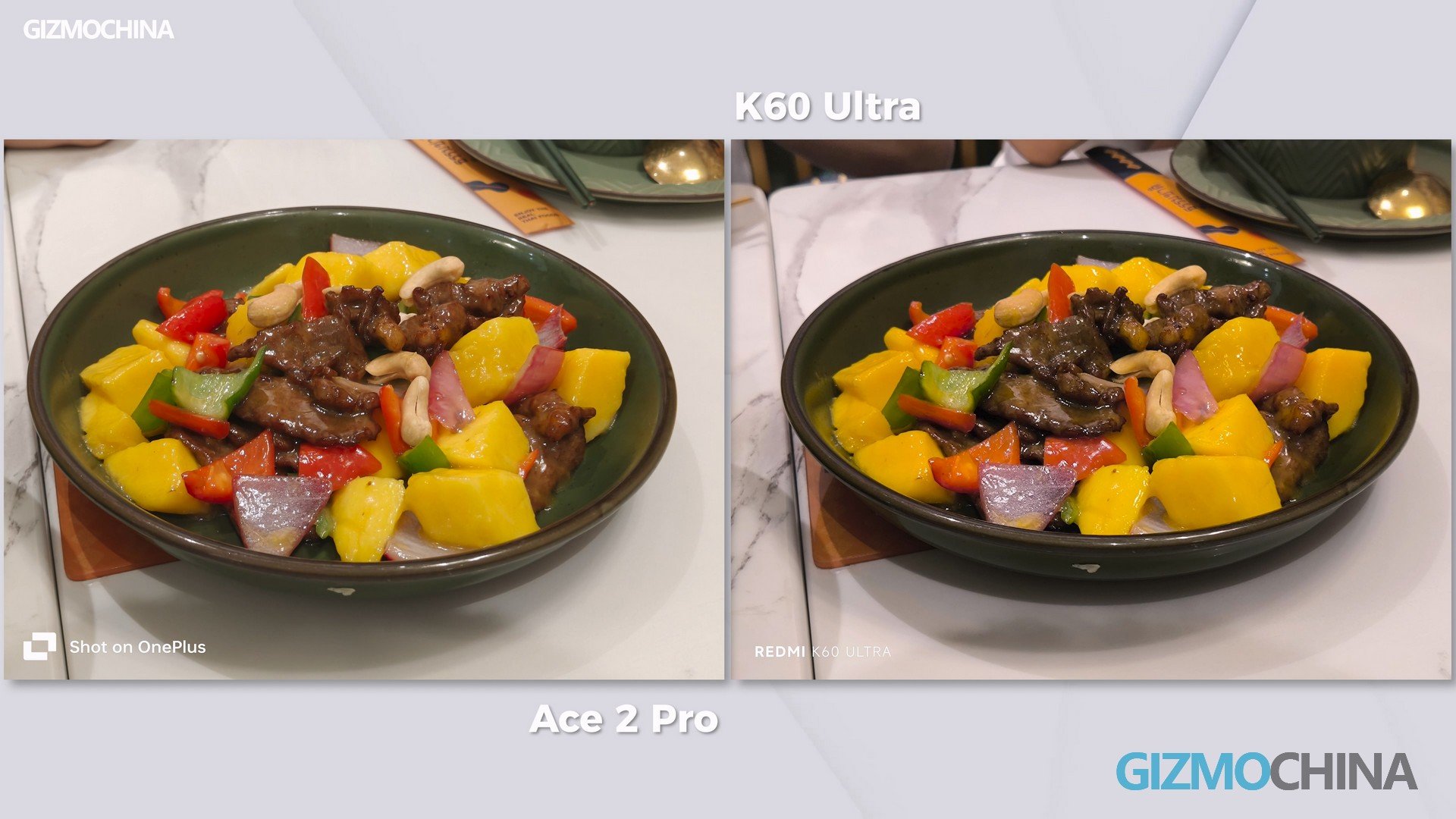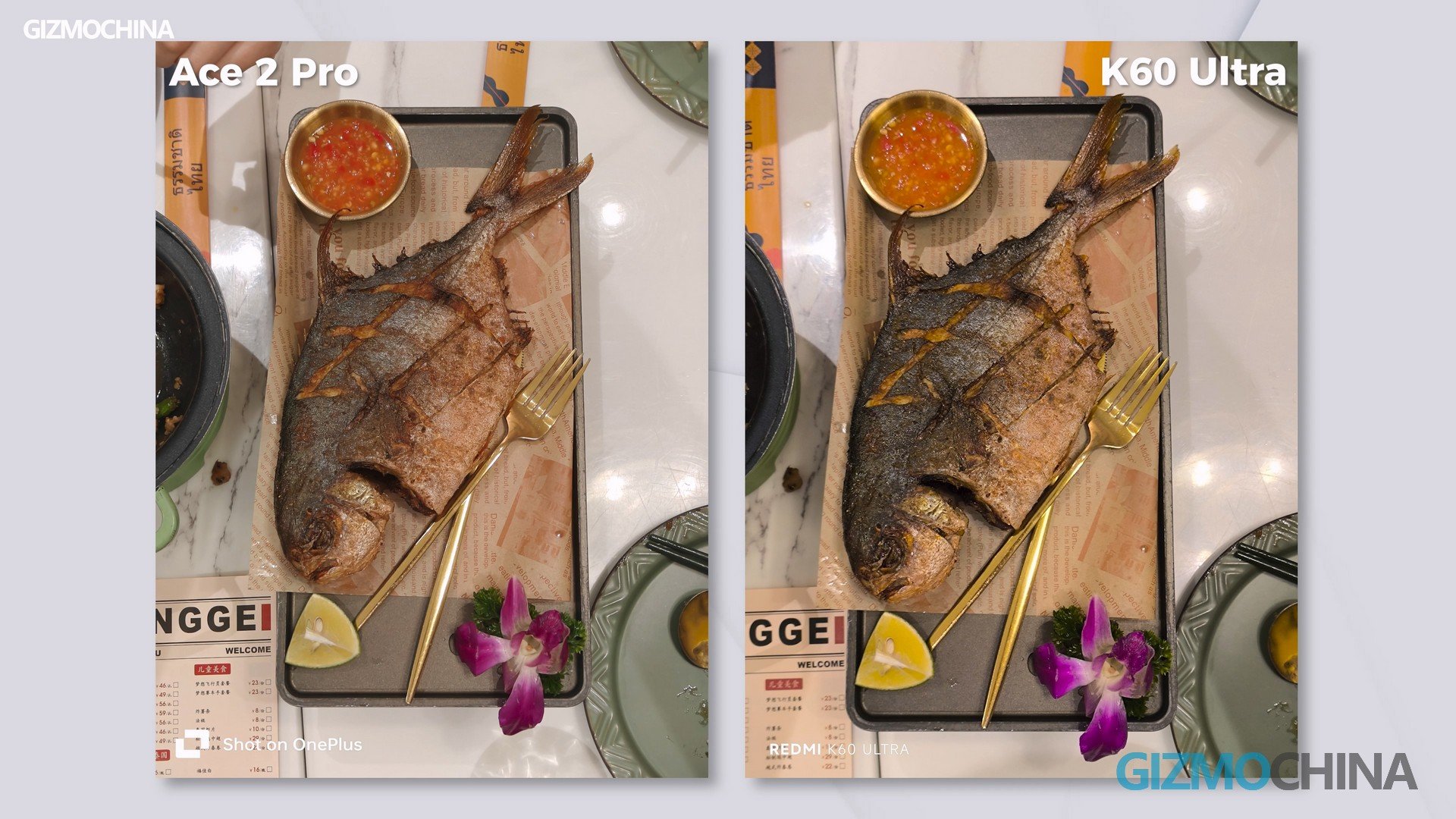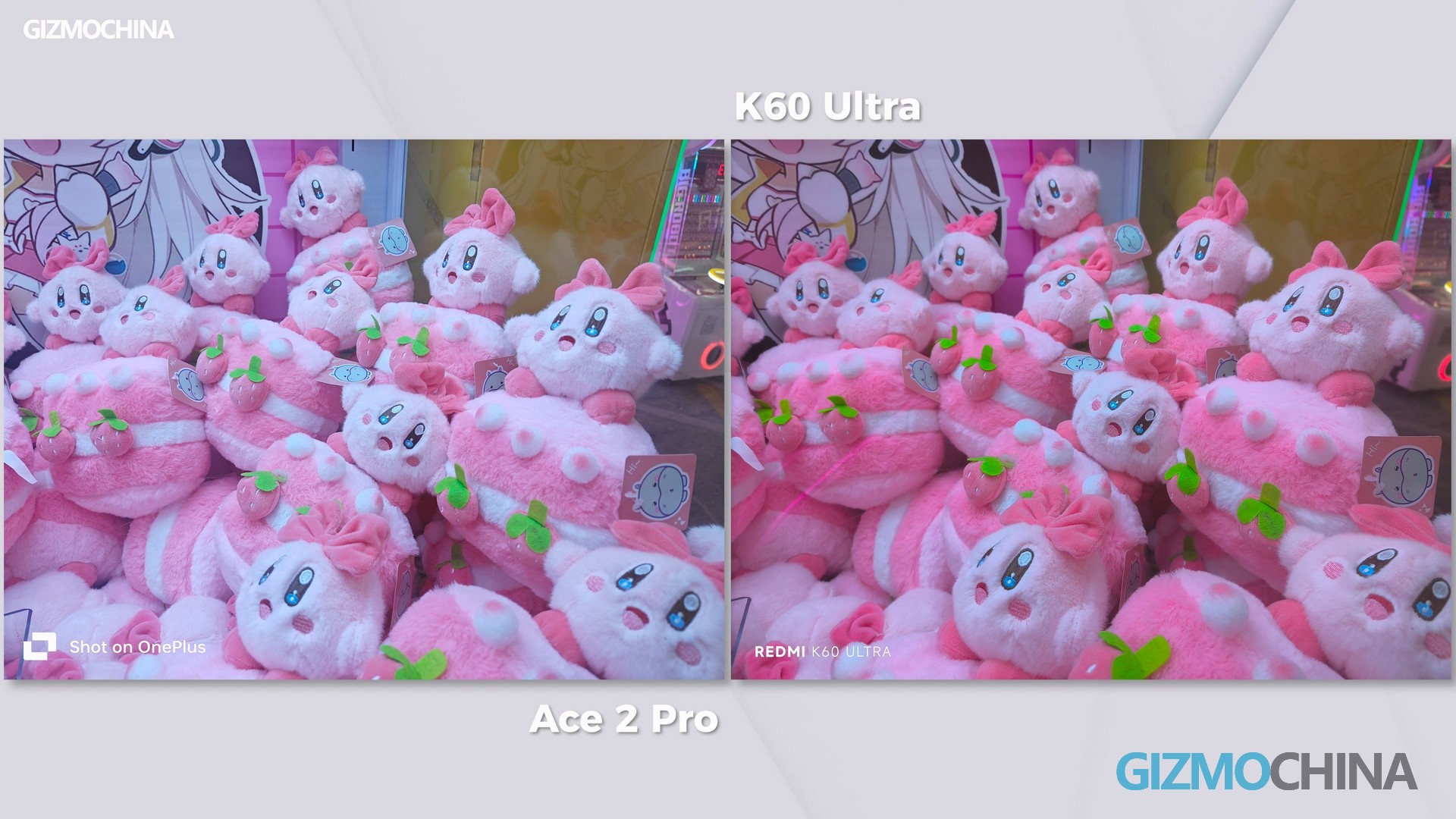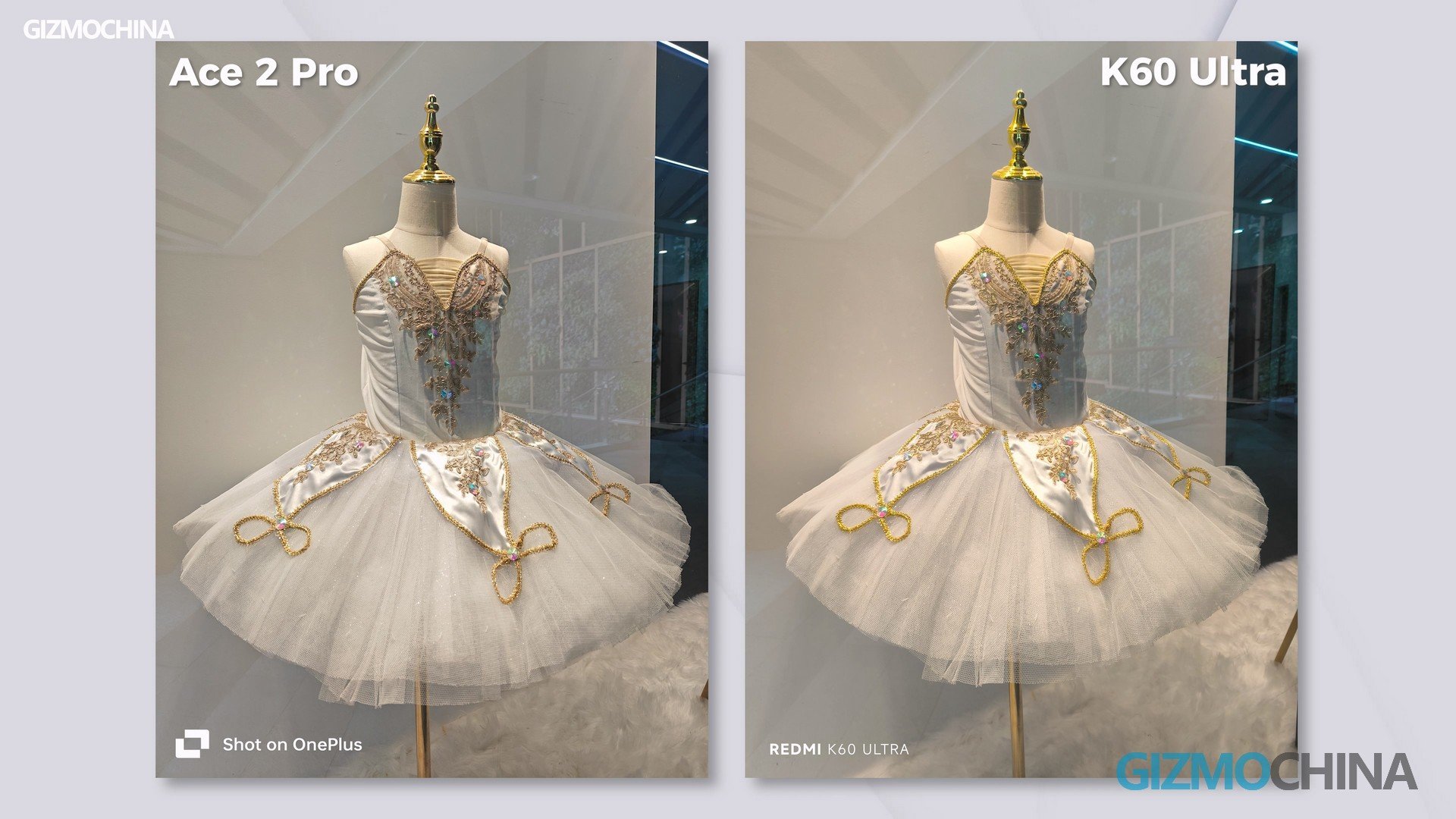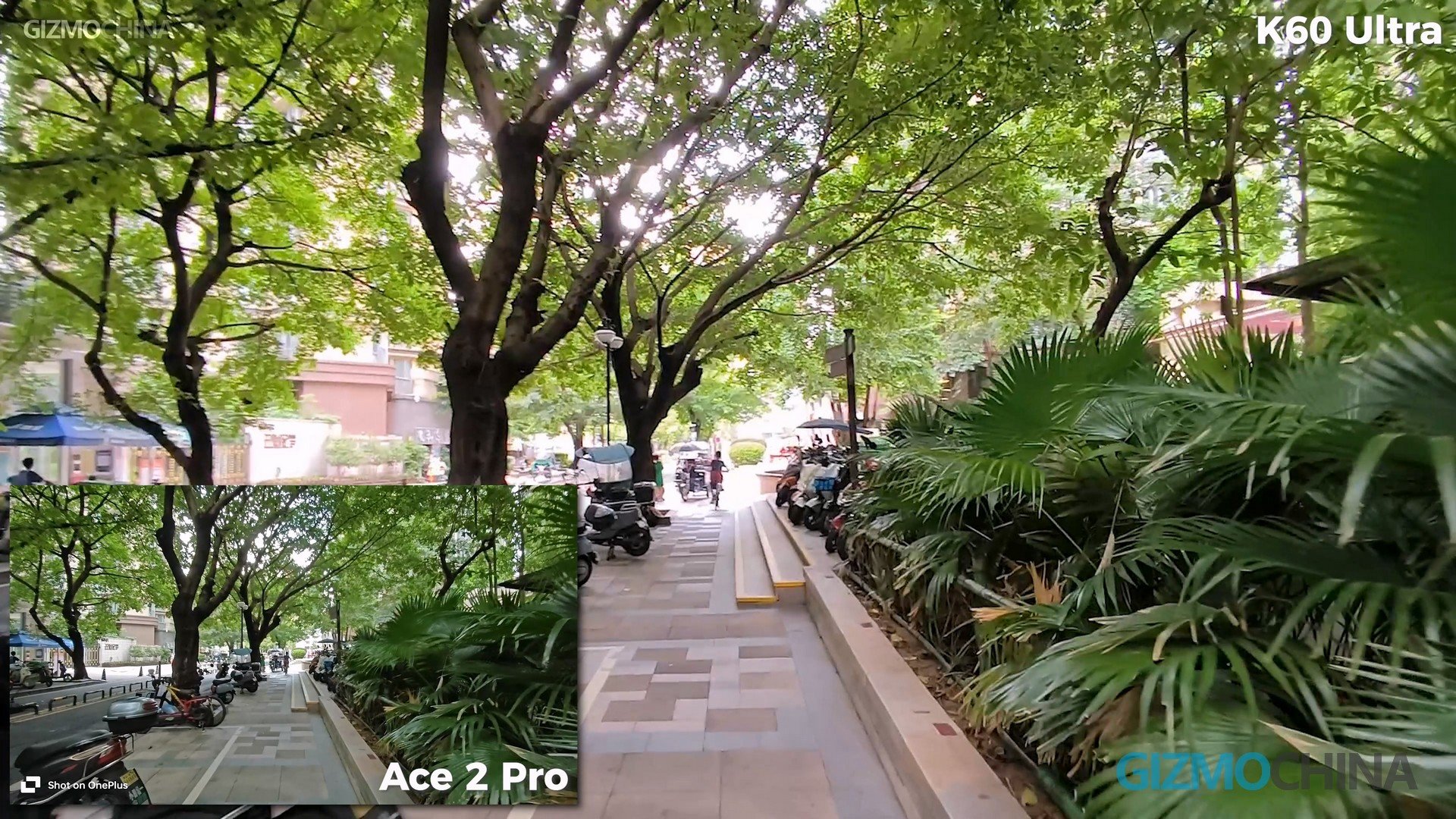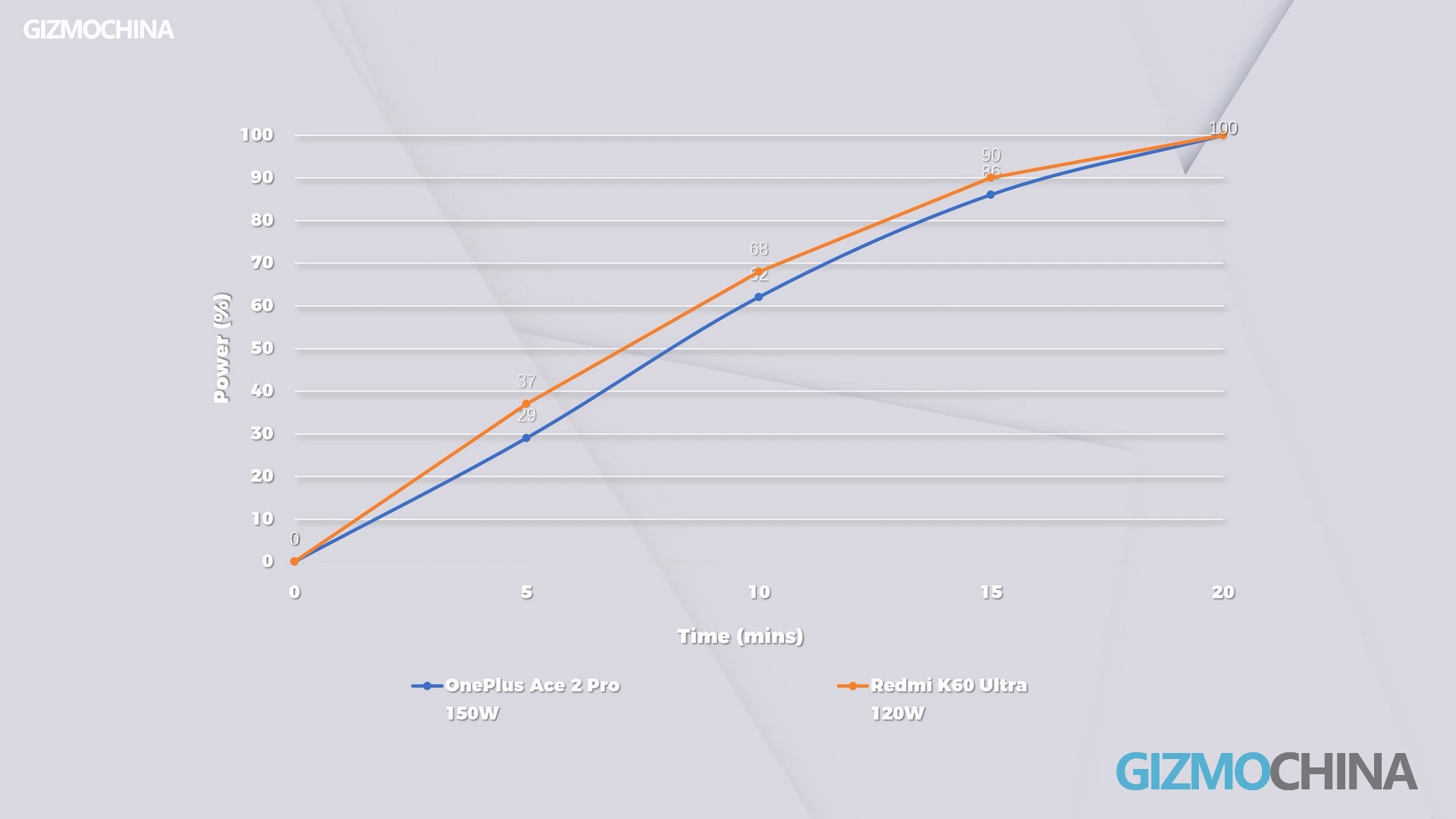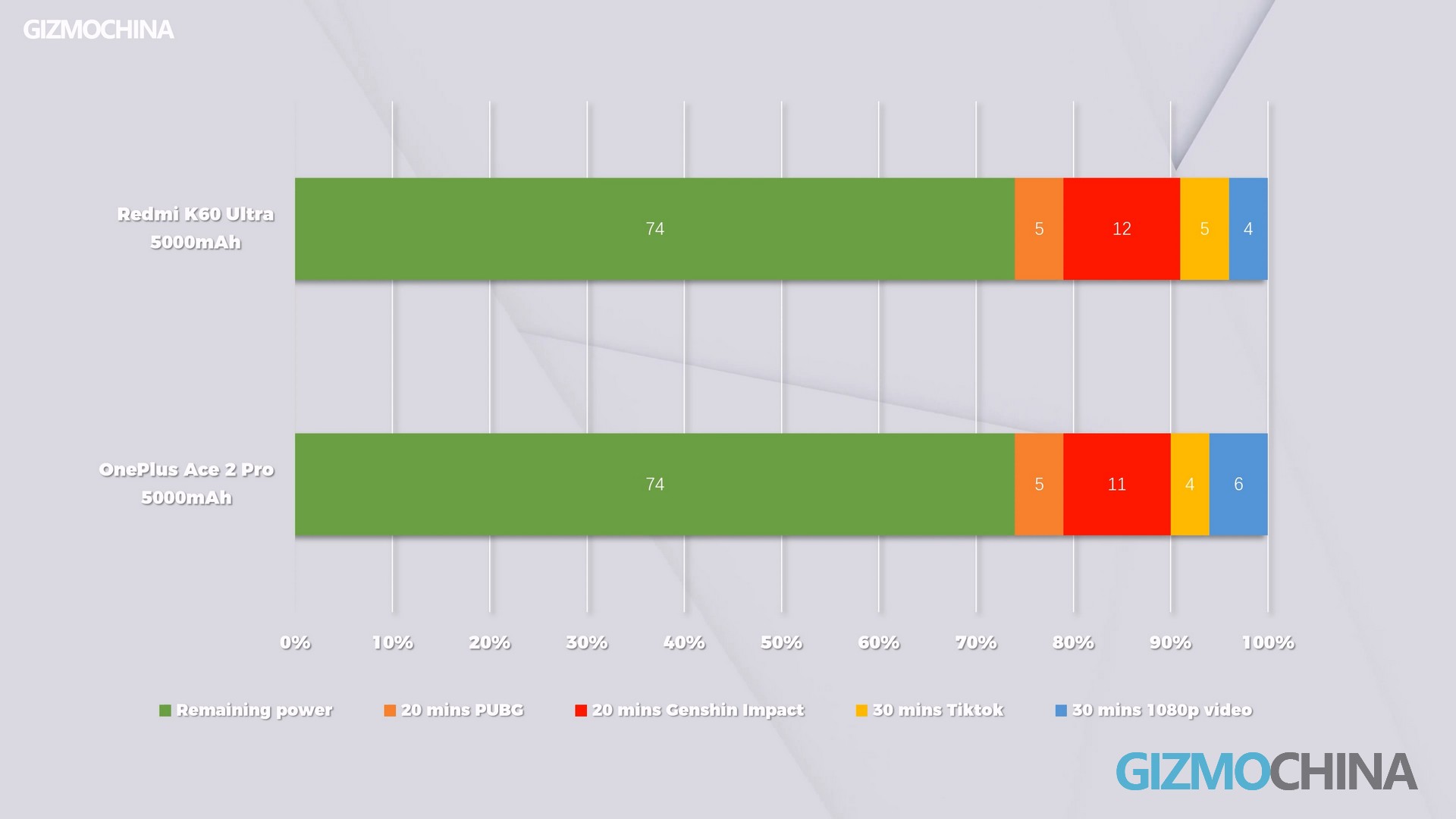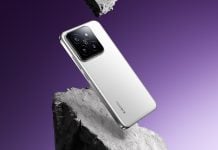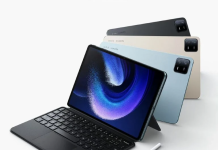I know, you guys have been waiting for this K60 Ultra Full review for a bit long. In this video, you’ll not only see all about the K60 Ultra, but you’ll also see who’s better compared to the OnePlus Ace 2 Pro. So let’s get right to it without further ado.
Design
I would prefer the design of the K60 Ultra over the unchanged Ace 2 Pro. As I said in the Unboxing video, the K60 Ultra looks more premium than the Pro version. And this white back panel looks a bit like ceramic, which makes me not believe it’s a Redmi phone.
Everyone has a unique taste in design, but feature-wise, the K60 Ultra is not as good as the Ace 2 Pro. About the vibration motor and the placement of the fingerprint, the Ace 2 Pro wins effortlessly. But that’s what you deserve for paying $55 more.
Display
The K60 Ultra is cheap, but the screen doesn’t look like what a $360 phone should have, even the more expensive Xiaomi 13 and Ace 2 Pro can’t beat it. It’s top-notch in terms of refresh rate, peak brightness, and PWM dimming.
The high-frequency PWM dimming and DC can automatically switch based on brightness, this setting doesn’t need to be turned on manually. One tip about the screen brightness of the Xiaomi family: although they all have very high peak brightness if you manually adjust it to the highest, it is probably only about 500 nit, and you won’t feel that it’s as bright as it can be. It’s only when watching HDR video under the sunlight will force K60 Ultra reaches its peak at around 2400 nit, which is closer to its advertised 2600 nit.
Unlike the Ace 2 Pro, the K60 Ultra is not operatable when there’s water on the screen, but it is IP68 certified. There are no rainbow lines when you look at the phone at some angles. And most importantly, it’s a straight screen, I’ll have to admit, I prefer a straight screen a bit more.
So apart from the resolution not reaching 2K and the bezels not being narrow at all, the screen of the K60 Ultra is unbeatable.
Performance & Gaming
You guys must be wondering if the Dimensity 9200+ can actually beat the Snapdragon 8 Gen 2, and I’m curious too. Looking at the Benchmark, it doesn’t look like there’s much of a gap between it and the 8 Gen 2 anymore.
Don’t get too happy so quickly, I mean MTK’s chips are famous for peak performance, but it’s always the heat that needs to be worried about. During the stress test sessions, we can see that the K60 Ultra is trying to do its best very hard. It would love to maintain full power output, but it can’t. It’s at the same level as Ace 2 Pro.
In the gaming session, the K60 Ultra performed almost the same as the stress test. After 10 minutes of playing Genshin, it tried very hard to keep the frame rate at 60fps, but it would immediately overheat and the frame rate would suddenly drop. Although the maximum resolution is a little bit higher than the Ace 2 Pro, the stability of the frame rate is more important, it seems that Redmi still doesn’t know the truth: sometimes knowing how to give up is a wise choice.
It seems like this is the first time in a whole long history that the Redmi phone comes with a frame insertion chip. Like the Ace 2 Pro, videos and some games on K60 Ultra can have the display frame rate increased, but there’s latency as well. But even if the phone has become very hot, it still enables frame interpolation for games, which is better than the Ace 2 Pro. Overall, if you’re a heavy gamer, the Ace 2 Pro will probably be better for you.
Camera
The K60 Ultra’s camera isn’t as good as Xiaomi’s flagship’s, though there’s a bit of Leica style in the color tones. Most of the time the photos have very high contrast, with dark areas being very dark and not looking as bright as the Ace 2 Pro’s photos.
The color temperature is accurate in most scenes, like this photo of the lamp, it’s yellow and the Ace 2 Pro’s shot is white. When shooting food with Ace 2 Pro, photos look better, the ones taken by K60 Ultra look like the food is a bit burnt. Other than what I just showed you, they perform almost identically in other parts. It’s hard for me to say which one is better, it’s more of a color style difference.
The K60 Ultra supports up to 4K 60fps for the main camera and up to 1080p 30fps for the ultra-wide camera. The video quality of the main camera is about the same for both, they are quite good. The ultra wide-angle cameras on them are also similar, both are quite bad. The only difference is that the K60 Ultra’s ultra-wide camera’s purple-fringing issue is a bit more obvious.
Battery & Charging
The 120W wired charging doesn’t look as good as the 150W Ace 2 Pro, but a full charge takes both of them about 20 minutes. The K60 Ultra, however, does not support wireless charging, which is not as good as the K60 Pro or the standard version.
The battery capacity didn’t surprise us, but the battery life did. It’s about the same as an 8 Gen 2 phone in daily use, which is good enough for MTK.
Regarding the speakers, the Ace 2 Pro wins by having a larger soundstage. Instruments are better differentiated from each other, while the K60 Ultra is very average.
Conclusion
The K60 Ultra is cheaper, but it has a great display and isn’t that bad in other aspects. The Ace 2 Pro’s strong points are the performance and the vibration motor. Both phones are actually worth buying, it all depends on what you need. They don’t beat each other on this battlefield, they are both winners.

